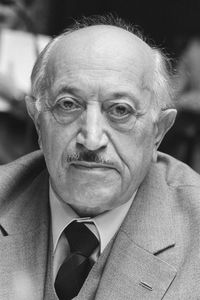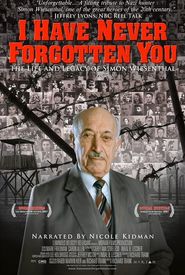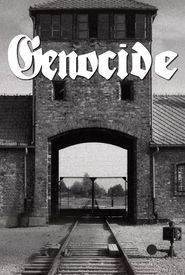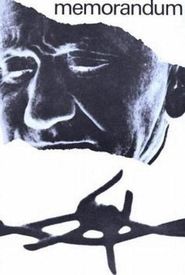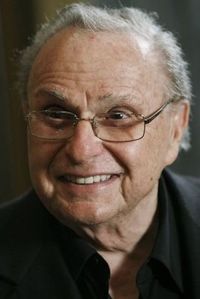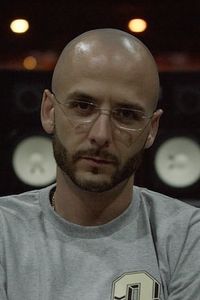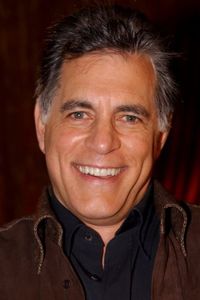Simon Wiesenthal, a graduate of the Czech Technical University in Prague, was an architect in Lvov, Ukraine, before World War II. When the war broke out, he was forced to leave his livelihood due to the non-aggression treaty between Nazi Germany and Russia, and was subsequently imprisoned in a labor camp, where he worked on a railroad for the duration of the war.
During his captivity, Wiesenthal's wife, who had blonde hair and could pass as Polish, had been smuggled to safety through the underground, but both believed the other had died during the war. Wiesenthal often contemplated suicide rather than face torture, but made a wager with an SS Corporal that no one would ever believe the truth about the concentration camps. This wager gave him a sense of purpose in life - to survive and bring the truth of the Holocaust to the public, as well as to bring the perpetrators to justice.
After the war, Wiesenthal went to an Allied base in Lidz, Austria, where he offered his services to the Allies with an extensive list of atrocities he had witnessed. He was permitted to make arrests of those accused of committing these atrocities, and in 1947, he established the independent Jewish Documentation Center in Lidz (later in Vienna),where he began searching for war criminals.
Wiesenthal was successful in aiding in the detection and capture of SS Major Adolf Eichmann, who had helped devise the "Final Solution" - the transport and murder of Jews and other "inferior persons" to gas chambers in death camps. He estimated that he helped bring to trial at least 1,100 ex-Nazis.
